List of author's articles
15.6. - OPERACE BARBAROSSA - TENTOKRÁT NA MORAVĚ

Amazons from the Brazilian rainforest
Two years after the discovery of the New World, on June 7, 1494, it was divided (without anyone asking the natives). In the so-called Treaty of Tordesilla, the Pope established a dividing line from north to south, which ran 370 miles from the Cape Verde Islands. To the east of this axis fell the newly discovered territories of Portugal, to the west of Spain. That's why Portuguese is spoken in Brazil and Spanish in the rest of South America.
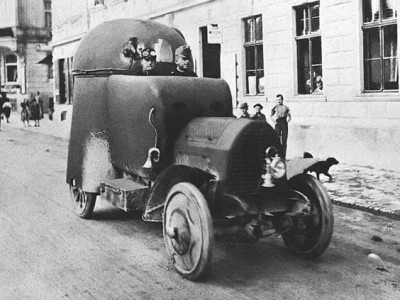
Armored cars on guard of freedom
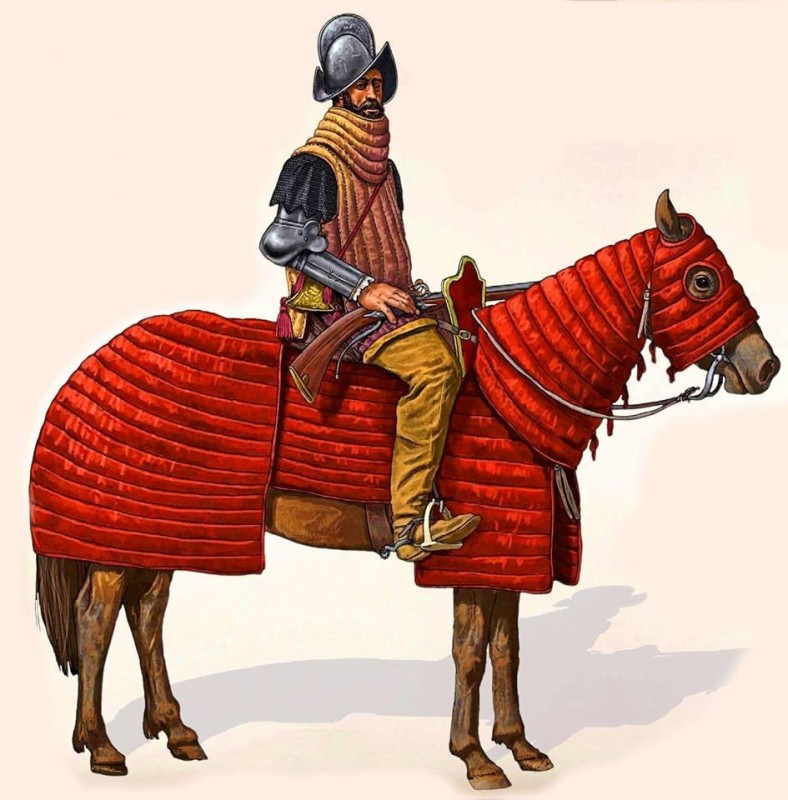
Conquering America
On Good Friday, April 20, 1519, a fleet of Spanish ships landed near present-day Veracruz. Shortly after landing, a nobleman with a law degree, Hernán Cortés, led a small army to conquer the gold-rich Aztec empire by 1521. His expeditionary corps numbered only 110 sailors, 553 soldiers, a maximum of 50 horses, 200 indigenous slaves and 14 artillery pieces. However, it would be naive to think that Cortés destroyed the Aztec empire with several hundred European troops - he commanded a large army of at least tens of thousands, but probably a much larger Totonak army, the main enemies of the Aztecs, who enthusiastically welcomed Cortés' arrival as a good opportunity to launch an armed uprising.

Cover uniforms a hundred years ago
In the twentieth century, there was a need to develop new types of military clothing and equipment, as well as to perceive armed conflict with all its consequences. As early as the beginning of World War I, in 1914 and 1915, cavalry officers were seen in magnificent multicolored uniforms with gold braids and plumes on their hats, with sabers at their sides, as was common in the 18th and 19th centuries.
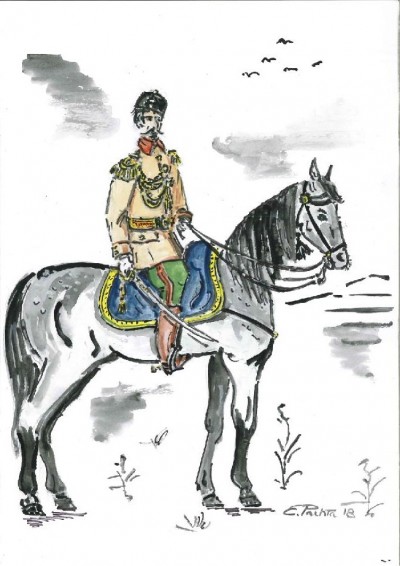
Distinctions of the Ottoman army during the Great War

Events from the Second World War in Moravia - a tip for a trip
Fight of the Polish Nation for Freedom, Bar Confederation 1768–1772
In 1763, the Polish king and Saxon elector August III died, and Russia replaced Stanislav II in his place. August Poniatowski, to support whom the army sent to Poland. This means that the new king - the favorite and perhaps the lover of Empress Catherine II. - he was nothing but a puppet in Russian hands. To stop Russian intervention, in 1768 a number of Polish nobles formed a defensive community, the so-called Bar Confederation (Konfederacja Barska).
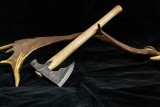
Hungary during the Turkish occupation (16th - 17th century)
After the fire of Turkish artillery scattered Hungarian knights on the battlefield of Mohács in 1526, the country was torn into two, and later even into three enemy parts, which had been fighting each other for one and a half centuries. At that time, a fragmented system of smaller fortifications began to be built in Hungary, consisting of several lines extending into the depths of the territory.

Kálnoky Hussar Regiment - a Transylvanian jewel of Maria Theresa
In the winter of 1740, King Frederick II of Prussia, at the head of an army of 20,000, treacherously invaded Upper Silesia, which was part of the Habsburg Monarchy. In the spring of the following year, the troops of France and Bavaria launched offensive activity from the southwest. A series of struggles began, collectively called the Wars of the Austrian Succession (1740–1748). At the appeal of the young Queen Maria Theresa, the Hungarians promised as early as 1741 that they would build 6 new infantry and 3 hussar regiments in the field.

Krakusi Grand Duchy of Warsaw, 1812–1815
The term "krakus" is first encountered during the period of the Principality of Warsaw in 1812. It was a novelty in the Polish army, reminiscent of the legacy of Kościuszko's peasant soldiers from the end of the 18th century. The improvised light ride on durable peasant horses was best suited for raids and diverse incursions into the enemy's rear.
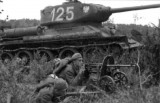
Polish army in the Prague offensive

Polish infantry in the wars III. and IV. coalition
For many years I have been attending events commemorating the anniversary of the Battle of the Three Emperors at Austerlitz. In the village of Tvarožná, in the cadastre of which the memorable Santon hill rises, I almost regularly greet the infantry in picturesque blue-yellow uniforms, with square caps. These are members of the KVH from Poland, representing part of the army in the history of this country. The fact remains, however, that no Polish national unit fought near Austerlitz in 1805, and as far as I know, it was not part of any of Napoleon's corps, which then crossed the Rhine and advanced to our lands. However, brave Poles always deserve attention.

Reminder of the liberation of Brno - Veveří 12.4.2019

Sabers Honorary units of the President of the Slovak Republic
The armies of the bodyguards, or guards, have always served the flowering of society, or extraordinarily capable and certified soldiers, devoted to their commander in chief - the head of state. Their primary task was to protect the monarch and members of his family in residences, on the roads, or even on the battlefield. Last but not least, they contributed to increasing the brilliance and prestige of the head of state at court festivities, audiences, military parades, etc. For all these occasions, the guardsmen were equipped with a magnificent uniform and equipment.
Smaller vessels of the Ottoman fleet during the Napoleonic Wars
The wars between Russia and the Ottoman Empire over control of the Black Sea have been going on - with various breaks - since the end of the 17th century. Another conflict with the Ottomans took place against the background of the Napoleonic Wars, in the years 1806-1812. The goal of the Russian Danube Army at that time was to expel the Turks from the Balkan Peninsula. The fighting took place mainly on the territory of today's Bulgaria, where the aforementioned battle also took place.

The defenders of the great moravian fortresses
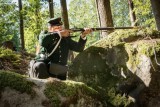
The Royal Saxon Army in 1866
An essay focusing on the uniforms of the Royal Saxon Army and the contingent of the Principality of Saxony-Meiningen, allies of Austria. I drew from the sources of the famous German historian of the late 19th century, Professor Richard Knötel, who is also the author of the pictorial boards attached here, which form part of my private collection. Photographs from modern events, reminiscent of the 1866 war, serve as a suitable complement.

The Sasanian - Warriors of ancient Iran
The Sasanian dynasty (or Sassanids) derived its name from the first king named Sassan. The Sassanids were tough rivals of Rome and later Byzantium. They combined the traditions of the Persian Empire with bloody warfare and in 224-651 AD ruled a large area in Asia.

The triumphs of the new Russian fleet – the acquisition of the Crimea

The winter battle in Orechov 2020
Join us
We believe that there are people with different interests and experiences who could contribute their knowledge and ideas. If you love military history and have experience in historical research, writing articles, editing text, moderating, creating images, graphics or videos, or simply have a desire to contribute to our unique system, you can join us and help us create content that will be interesting and beneficial to other readers.
Find out more